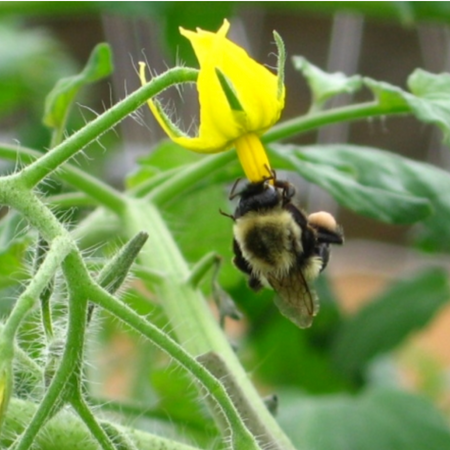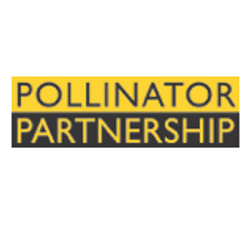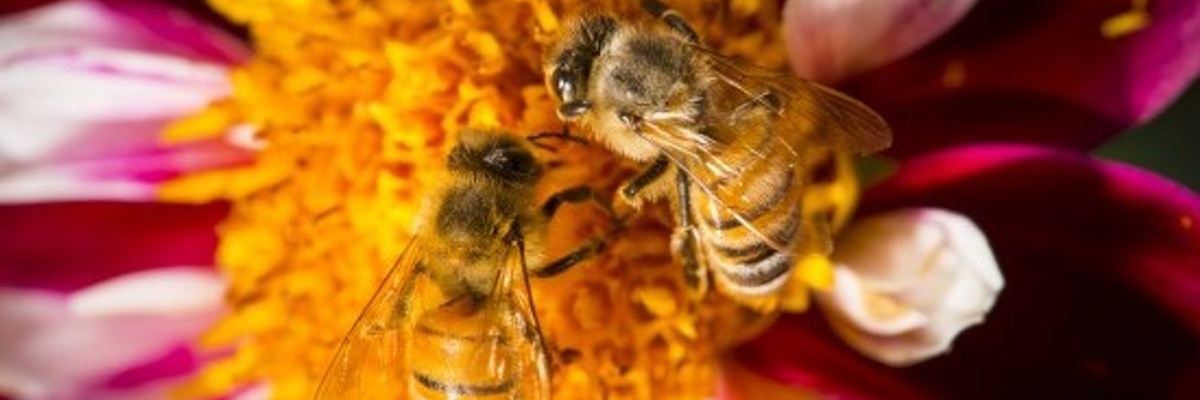

Invite pollinators to your neighborhood by planting a pollinator friendly habitat in your garden, farm, school, park or just about anywhere!
The Idea
Pollinator Partnership helps people protect pollinators to ensure healthy ecosystems and food security. The Pollinator Partnership’s mission is to promote the health of pollinators, critical to food and ecosystems, through conservation, education, and research. Their signature initiatives include the NAPPC (North American Pollinator Protection Campaign), National Pollinator Week, and the Ecoregional Planting Guides, which this page will help you to get started with in your community.
The ecoregional planting guides, Selecting Plants for Pollinators, are tailored to specific areas of the United States and Canada. You can find out which ecoregion you live in simply by entering your zip code / postal code at http://pollinator.org/guides and get your free guide tailored to the pollinators in your region. You can find lists of plant names that will attract pollinators and help you build a beautiful pollinator habitat! Print these lists and bring them to your local native plant, garden center or nursery and then get a group together and get planting!
Invite pollinators to your neighborhood by planting a pollinator friendly habitat in your garden, farm, school, park or just about anywhere!
The Idea
Pollinator Partnership helps people protect pollinators to ensure healthy ecosystems and food security. The Pollinator Partnership’s mission is to promote the health of pollinators, critical to food and ecosystems, through conservation, education, and research. Their signature initiatives include the NAPPC (North American Pollinator Protection Campaign), National Pollinator Week, and the Ecoregional Planting Guides, which this page will help you to get started with in your community.
The ecoregional planting guides, Selecting Plants for Pollinators, are tailored to specific areas of the United States and Canada. You can find out which ecoregion you live in simply by entering your zip code / postal code at http://pollinator.org/guides and get your free guide tailored to the pollinators in your region. You can find lists of plant names that will attract pollinators and help you build a beautiful pollinator habitat! Print these lists and bring them to your local native plant, garden center or nursery and then get a group together and get planting!
Here is a list of some suggestions as to what to plant in May. As it gets hotter, there is less we can plant in the garden in AZ. But the bees and other pollinators still need us to help them survive.
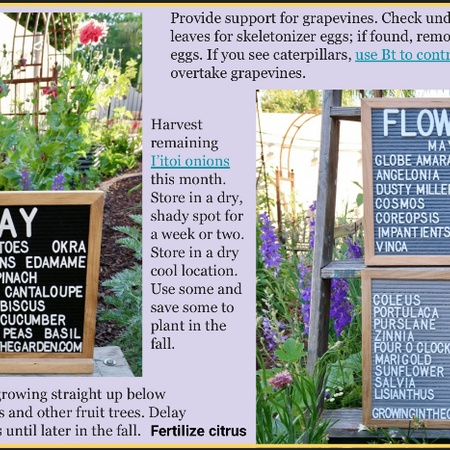
I am working on sweet potato slips to hand out at May 4th's Borderlands POWWOW Event. Here are a few of my sweet potatoes from this year's harvest. Not only are they HUGE, they are yummy too!!
For information on how to grow sweet potatoes in AZ, visit
https://growinginthegarden.com/how-to-grow-sweet-potatoes/

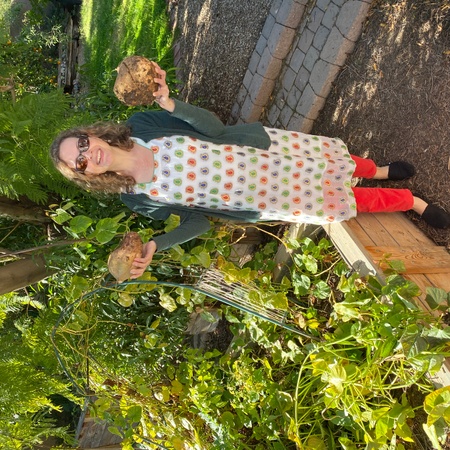

How to Grow and Care for Coreopsis
Coreopsis is a low-maintenance, drought-tolerant, long-blooming flower to fill a bed or line a border. Find out more in the link below.
Coreopsis was listed as one of the top 30 plants for bees here in the valley. https://gardenvarietylife.com/30-plants-for-arizona-bees/
https://www.thespruce.com/growing-and-using-coreopsis-in-the-flower-garden-1402839
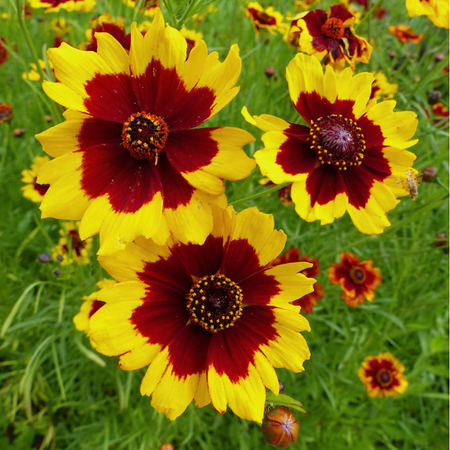
How to Grow Tomatoes in Arizona – 10 Tips for Growing Tomatoes
https://growinginthegarden.com/how-to-grow-tomatoes-in-arizona-10-tips-for-growing-tomatoes/
For kids: Life cycle of tomatoes
https://letstalkscience.ca/educational-resources/backgrounders/life-cycle-a-tomato-plant
